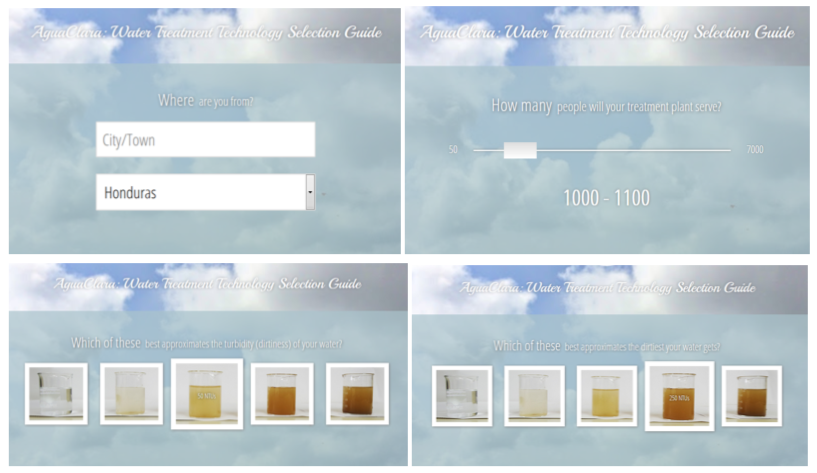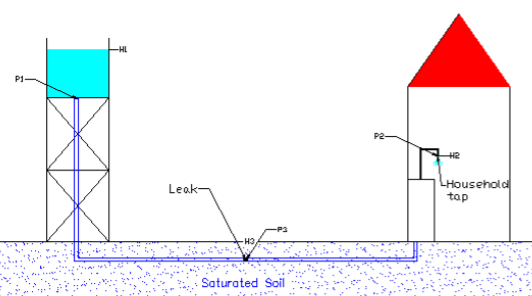Zeyu Yao, Saugat Ghimire
Abstract:
The Chemical Dose Controller is an important of component of a AguaClara plant. The CDC delivers the coagulant (Polyaluminum Chloride (PACl) or Aluminum sulfate (Alum)) to the influent water and disinfectant Calcium hypochloride to the effluent filtered water. The Chemical Dose Controller is a simple mechanical response device which maintains a linear relationship between the plant flow and the chemical dose. It consists of a calibrated lever arm which the operator can use to adjust the dose of the chemical based on the turbidity of the influent water. The Fall 2013 team started o by putting together three half size doser units for stacked rapid sandfilters constructed in India. All the parts were shipped to India with a detailed instruction manual to aid the assembly. The dosers sent to India contained CPVC ball valves with fluoroelastomer seals that are more resistant to chlorine than the previously used PVC ball valves. The ball valves in all the AguaClara plants will now be replaced with these CPVC ball valves. Similarly, a lock-and lock container will now be used as the Constant Head tank for both chlorine and coagulant suspended with a chain and a turnbuckle for height adjustment. Although the lock-and-lock container degrades when in contact with chlorine, it is locally available and can be easily replaced. In addition to this, the design of a new half-size doser with single arm which only doses chlorine has been completed. A 3D sketch-up file has been created and sent to Hancock Precision for fabrication. This new doser will primarily be used in low ow plants in India which only require chlorine delivery.
















